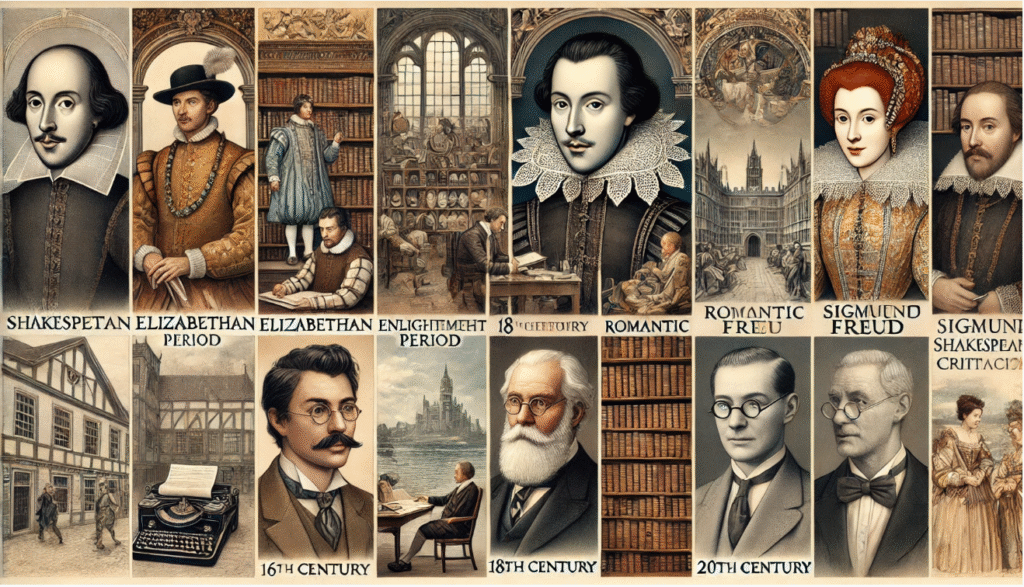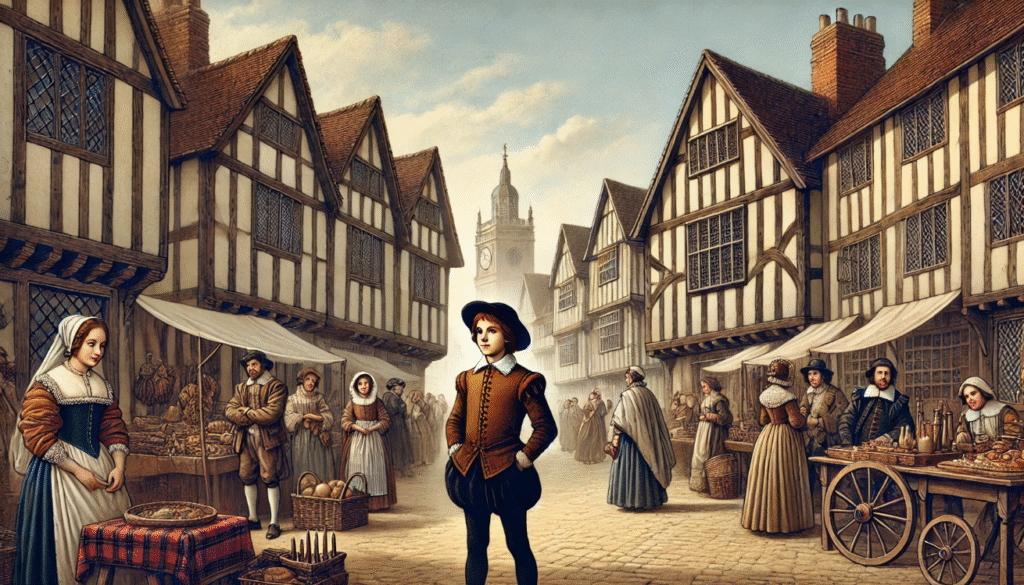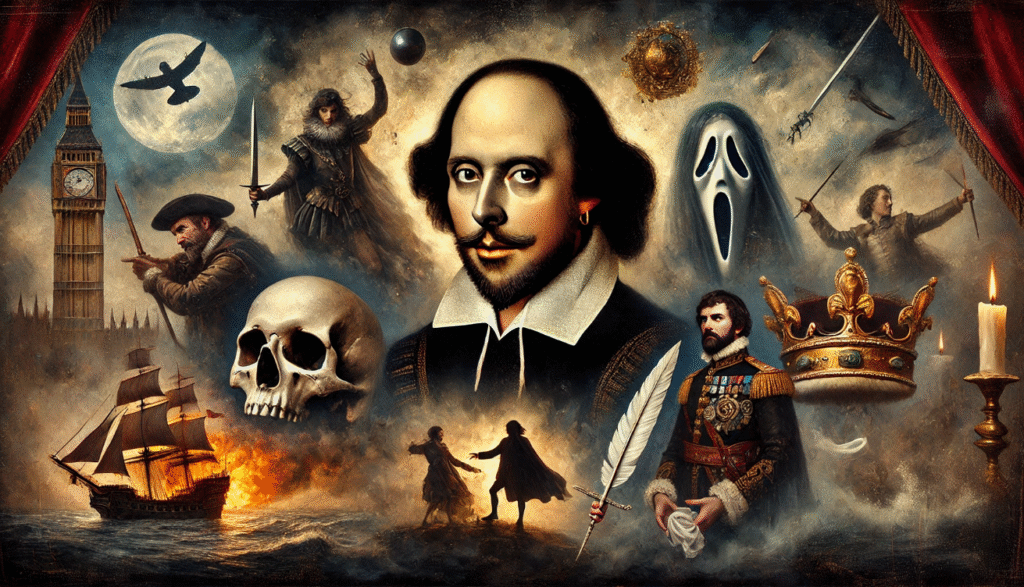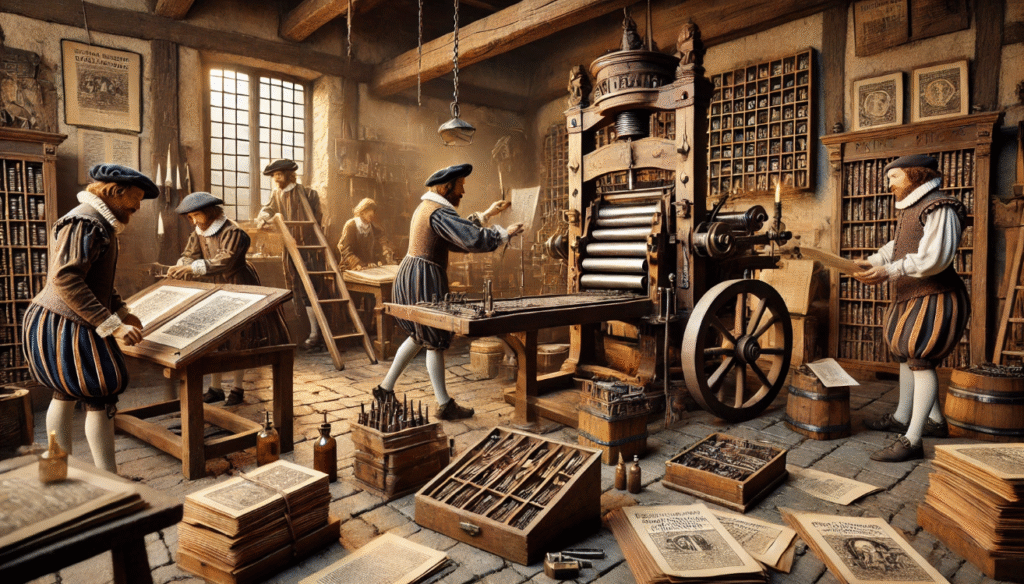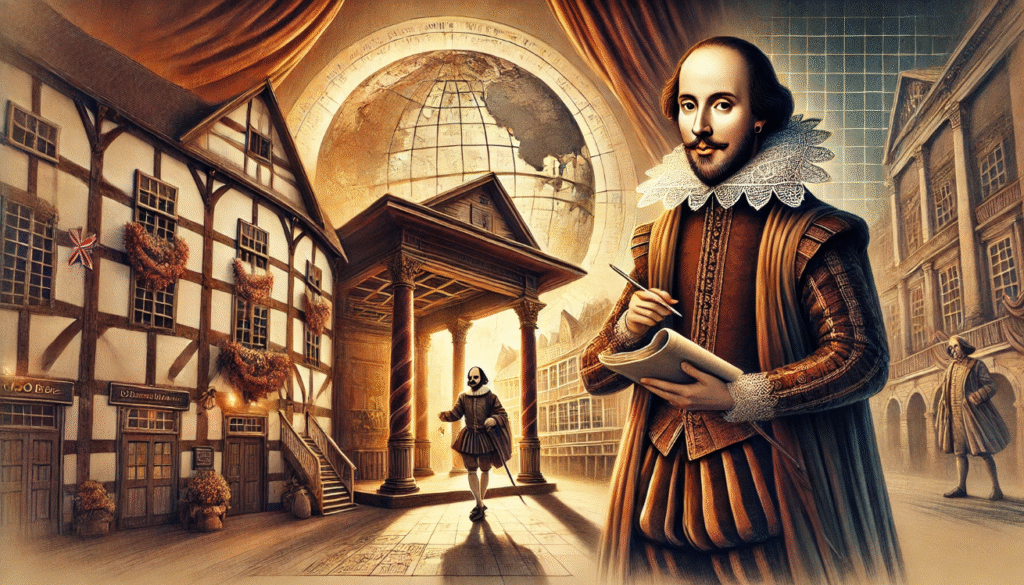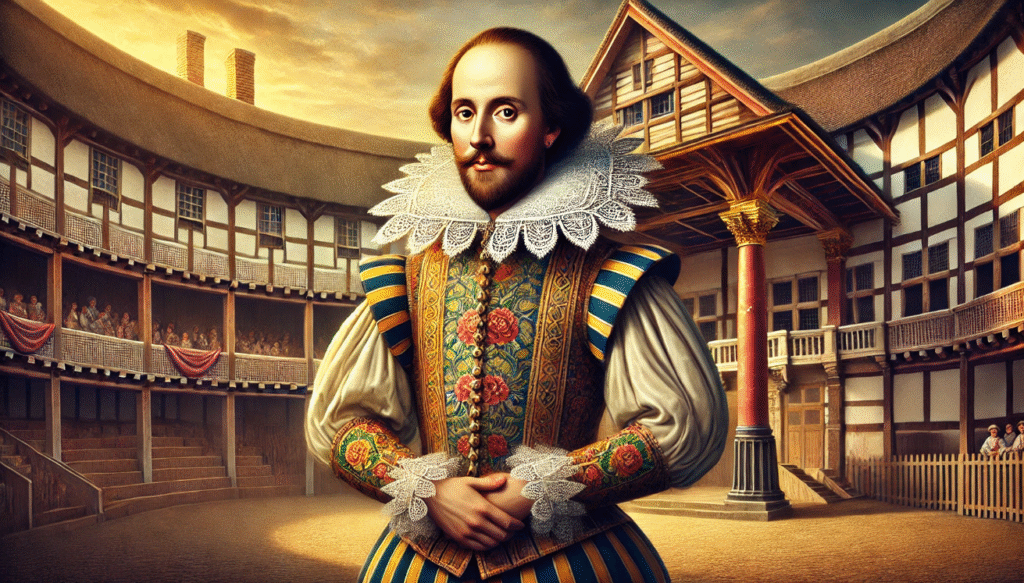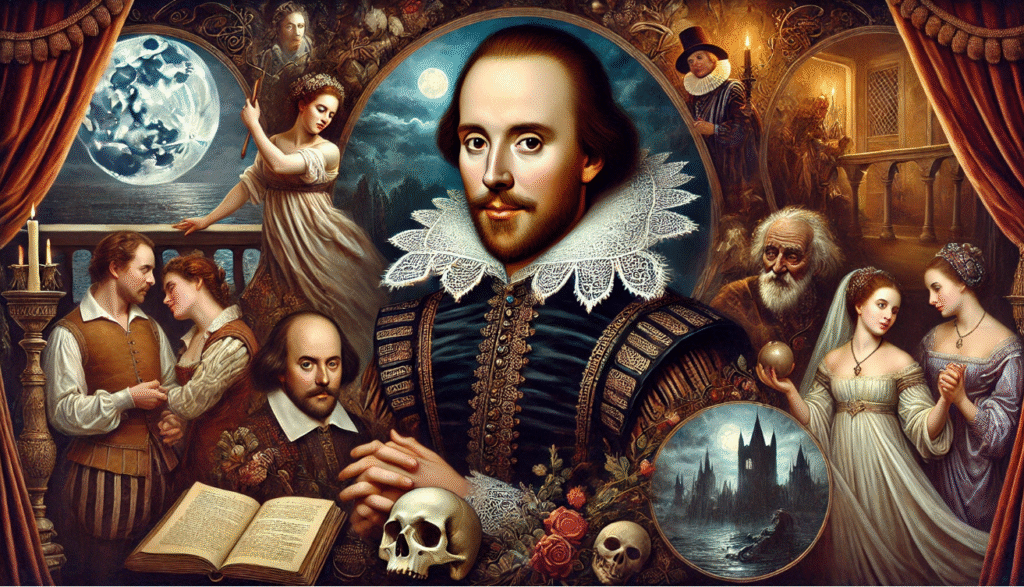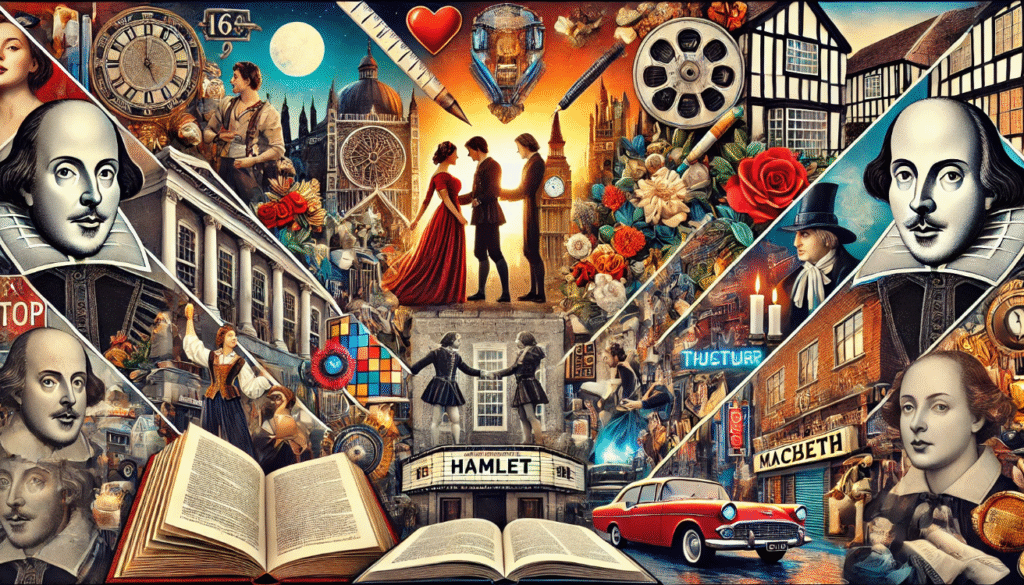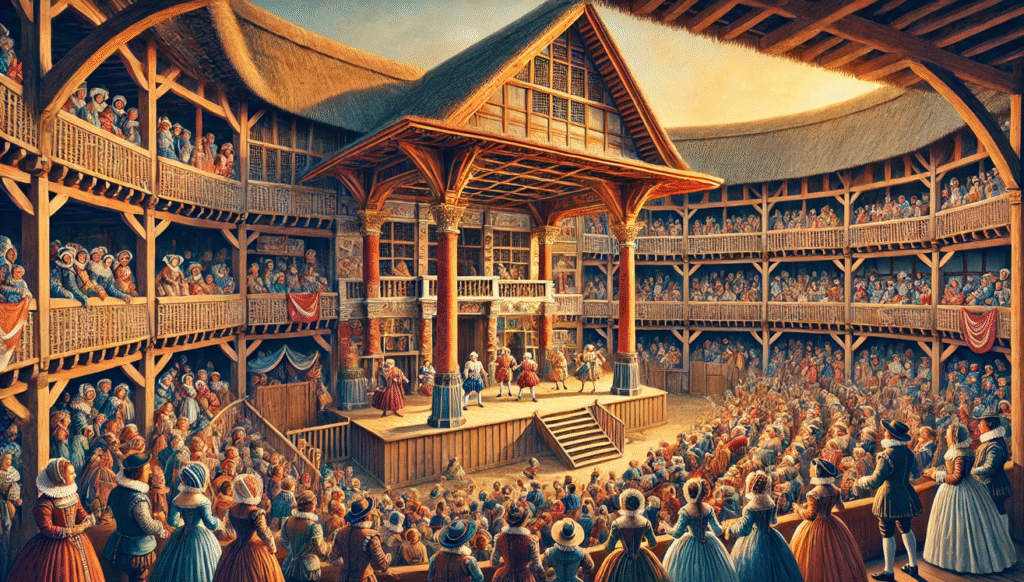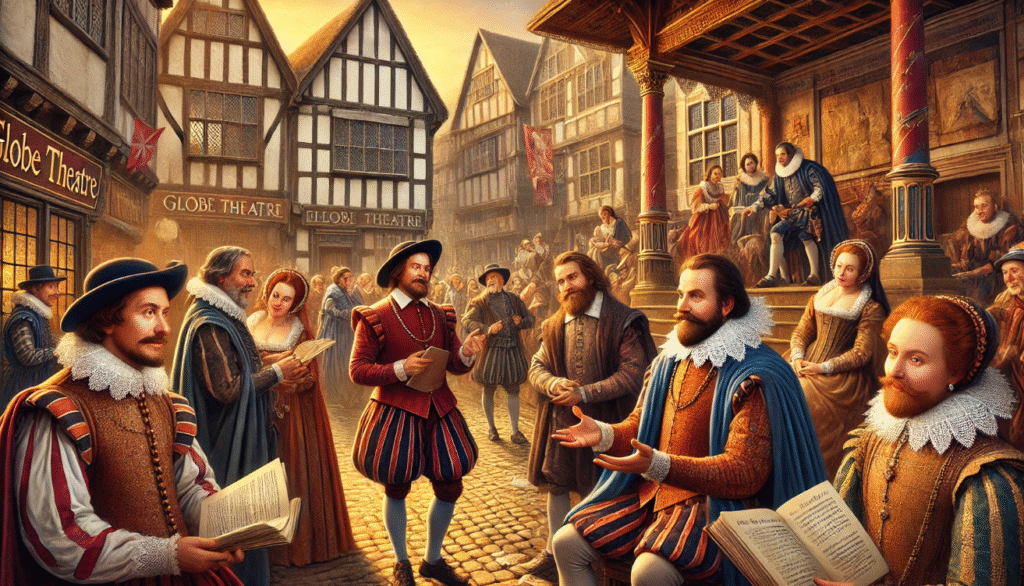 Shakespeare is widely regarded as one of the most influential and important figures in literature, with his works continuing to be studied and celebrated centuries after they were first written. The evolution of Shakespearean criticism enduring significance of his plays and sonnets lies in their ability to explore complex themes such as love, power, and the human condition. As a result, Shakespeare’s works have been the subject of centuries of criticism, evolving from early admiration to modern-day reinterpretations. Throughout the years, interpretations of Shakespeare’s plays have shifted significantly, reflecting the changing cultural and social contexts in which they were analyzed. The evolution of Shakespearean criticism, scholars have offered diverse perspectives on Shakespeare’s works, shedding new light on their meanings and significance.
Shakespeare is widely regarded as one of the most influential and important figures in literature, with his works continuing to be studied and celebrated centuries after they were first written. The evolution of Shakespearean criticism enduring significance of his plays and sonnets lies in their ability to explore complex themes such as love, power, and the human condition. As a result, Shakespeare’s works have been the subject of centuries of criticism, evolving from early admiration to modern-day reinterpretations. Throughout the years, interpretations of Shakespeare’s plays have shifted significantly, reflecting the changing cultural and social contexts in which they were analyzed. The evolution of Shakespearean criticism, scholars have offered diverse perspectives on Shakespeare’s works, shedding new light on their meanings and significance.
Early Shakespearean Criticism
Shakespeare’s Lifetime and Immediate Reception

The evolution of Shakespearean criticism work was initially received with a mix of admiration and criticism by his contemporaries. Ben Jonson, a fellow playwright and poet, was one of the earliest critics of Shakespeare’s work, but he also acknowledged his talent and genius. The first editors of Shakespeare’s plays, such as John Heminges and Henry Condell, played a crucial role in preserving and promoting his work after his death. During his lifetime, Shakespeare enjoyed great success as a playwright and actor, but he did not receive the same level of intense academic criticism that he does today. The evolution of Shakespearean criticism work was appreciated by a wide audience, including both the common people and the elite, and his plays were performed at the Globe Theatre in London.
The 18th Century: The Rise of Shakespeare as a National Icon:

During the 18th century, Shakespeare’s work was greatly romanticized and revered by literary figures such as Samuel Johnson. Johnson’s critical work, “The Plays of William Shakespeare,” played a significant role in elevating Shakespeare’s reputation and solidifying his place in the literary canon. During this era, critics focused on Shakespeare’s moral purpose and universal themes, emphasizing the timeless and relatable nature of his plays. They saw Shakespeare as a moral teacher and his works as a source of wisdom and guidance for society. The romanticized view of Shakespeare during the 18th century contributed to the growth of his reputation as a literary genius, and his plays became a staple of English literature and culture.
19th-Century Shakespearean Criticism

Romanticism and the Idealization of Shakespeare:
Romantic poets and scholars like Samuel Taylor Coleridge and William Hazlitt played a significant role in further elevating Shakespeare’s reputation as a literary genius. They celebrated Shakespeare’s ability to capture the human experience and emotions in such a profound and timeless way. Coleridge, for example, praised Shakespeare’s ability to delve into the complexities of human nature and the human psyche, while Hazlitt highlighted Shakespeare’s deep understanding of the human condition. Critics during the Romantic era viewed Shakespeare as a genius beyond the scope of other playwrights, recognizing his unparalleled skill in crafting characters and stories that resonated with audiences across generations. They praised his ability to explore universal themes and emotions, and his profound insight into the human experience.
The Rise of Historical and Biographical Criticism:
Biographical criticism is a method of literary analysis that focuses on the life and experiences of the author as a means of understanding their work. One of the early proponents of this approach was Edward Dowden, who believed that a deep understanding of Shakespeare’s life was essential to interpreting his plays and poetry. This approach marked a shift towards a more scholarly and research-driven analysis of Shakespeare’s texts, as critics began to explore the connections between the events and people in the playwright’s life and the themes and characters in his works. By examining Shakespeare’s life, biographical criticism aims to gain insight into the motivations and inspirations behind his writing, shedding light on the rich tapestry of his literary creations.
Early 20th-Century Criticism and New Literary Approaches
 The Influence of Modernism and New Criticism:
The Influence of Modernism and New Criticism:
New Criticism emerged in the early 20th century as a reaction against the prevailing literary criticism that focused on the biographical and historical context of a work. Instead, New Criticism emphasized close reading and analysis of the text itself, prioritizing the formal aspects such as structure, language, and imagery. Prominent critics like T.S. Eliot and F.R. Leavis played a significant role in challenging traditional interpretations of literary works, particularly those of Shakespeare. They advocated for a more rigorous and focused examination of the formal elements of Shakespeare’s plays and poetry, rather than relying on biographical or historical readings.
Freudian and Marxist Approaches:
In the realm of Shakespearean scholarship, psychoanalytic readings have gained popularity for their examination of characters’ psychological motivations and behaviors. One of the most notable figures in this area is Sigmund Freud, whose theories, such as the Oedipal complex, have been applied to characters like Hamlet, shedding new light on their inner conflicts and desires. Similarly, Marxist readings of Shakespeare’s works, as exemplified by scholars like Terry Eagleton, delve into the class and political dynamics at play in the plays. By analyzing the social structures and power dynamics depicted in the works, Marxist readings offer a unique perspective on the underlying themes of inequality and oppression. The tension between these literary analyses and social criticism in Shakespearean scholarship is an ongoing debate.
Post-War Criticism and Structuralist Theories

In the mid-20th century, structuralism and post-structuralism emerged as influential movements in literary criticism. Structuralism emphasized the search for universal patterns and underlying structures in texts, while post-structuralism questioned the stability of meaning and emphasized the role of language and power dynamics. Critics like Roland Barthes and Jacques Derrida played key roles in challenging traditional interpretations of texts and questioning the inherent meaning of language. They highlighted the ambiguity and multiplicity of meaning in literary works, leading to a reevaluation of how texts are interpreted and understood. Shakespeare’s works have been a focal point for structuralist and post-structuralist analysis, with scholars examining the intricate web of language, symbols, and structures within his plays.
Contemporary Approaches: New Critiques and Interdisciplinary Perspectives

Cultural and postcolonial criticism has had a significant impact on the way we interpret Shakespeare’s plays, with scholars like Edward Said offering new perspectives on the influence of empire and colonialism. For example, postcolonial readings have led to new interpretations of plays like The Tempest, shedding light on the themes of power and oppression. Additionally, environmental criticism has become increasingly important in analyzing Shakespeare’s works, particularly in relation to nature and the natural world. Plays like King Lear and The Winter’s Tale are now seen as relevant to contemporary environmental debates, highlighting the significance of these works in discussions about our relationship with the environment.
The Future of Shakespearean Criticism

The current landscape of Shakespearean criticism is marked by an increasing emphasis on interdisciplinary approaches and global perspectives. Scholars are exploring how Shakespeare’s works intersect with various fields such as history, sociology, psychology, and more, offering new insights into his plays and their significance. Additionally, there is a growing recognition of the importance of diverse voices in Shakespeare scholarship, as critics from different backgrounds bring their unique perspectives to the table, enriching our understanding of his works. New critical methodologies, such as feminist, postcolonial, and queer theory, are also reshaping the future of Shakespeare scholarship. These approaches are shedding light on previously overlooked aspects of his plays and characters, prompting a reevaluation of traditional interpretations.
The major shifts in Shakespearean criticism from the 16th century to today have been marked by changing attitudes towards his works and the evolution of literary theories and methodologies. In the 16th century, Shakespeare was primarily seen as a popular playwright, but by the 18th century, he was elevated to the status of a literary genius. In the 19th and 20th centuries, various critical approaches emerged, including formalism, historicism, psychoanalysis, feminism, and postcolonialism, which sought to interpret Shakespeare’s works through different lenses. Today, Shakespearean criticism continues to evolve with the incorporation of digital humanities and new historicism, among other approaches.

